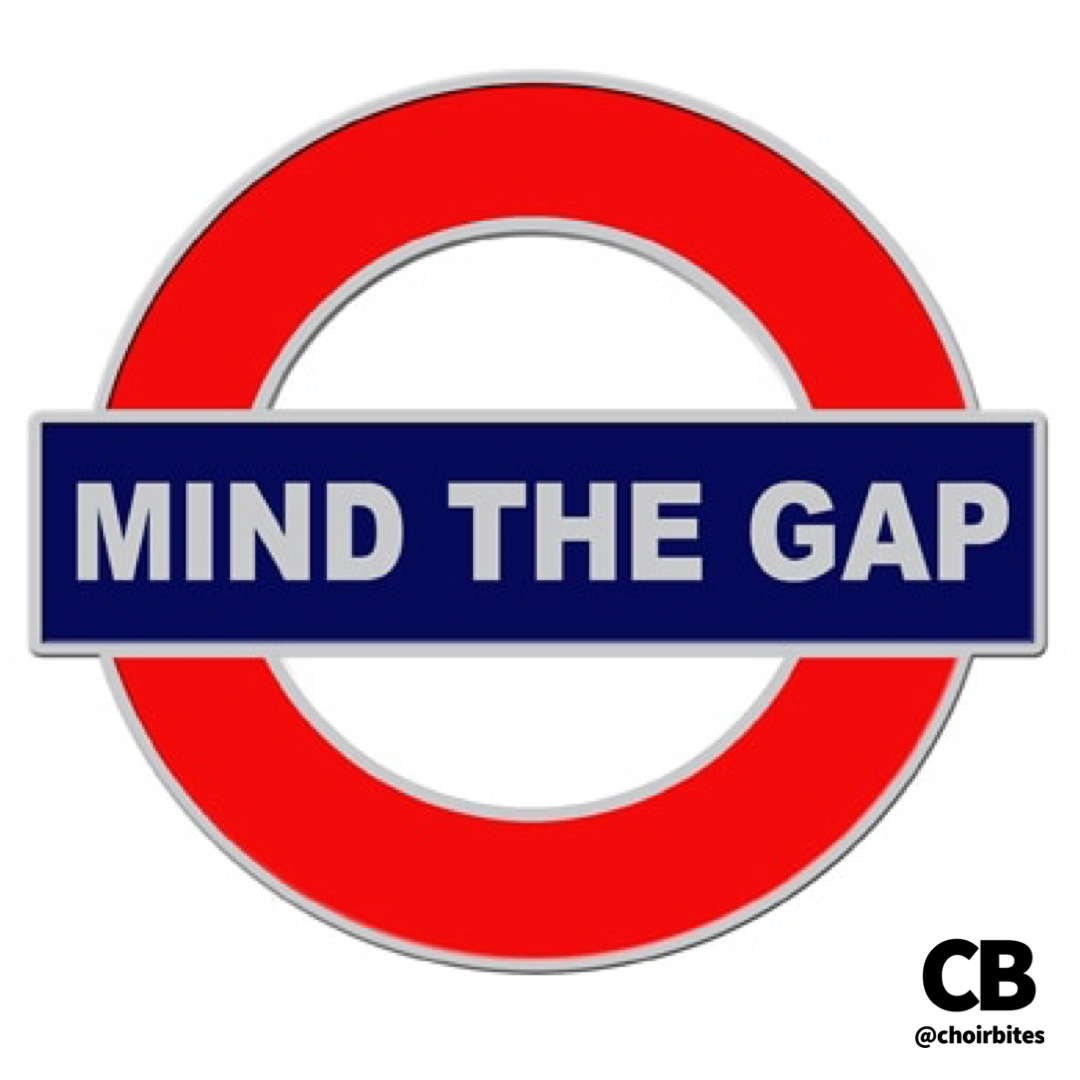Walking the Dog
I used to have a dog. His name was Marcus, and he was a black miniature schnauzer. That's his picture. Marcus and I got into the habit of taking long walks when he was younger, and during those walks I listened to a lot of things - podcasts, radio shows, and music on which my choirs were working. My a cappella group, Eleventh Hour, was allowed to suggest songs for consideration in our set. I loaded all those suggestions into a playlist, and when I walked Marcus, I would listen... with one goal in mind: musical intimacy.
I set the playlist so that each song would play on repeat. At the start of the dog-walk, I'd start listening to a song over and over again. If I liked the song enough that I could listen to it on repeat through the ENTIRE dog-walk, it would move into serious consideration for arrangement.
I have often stressed to my a cappella groups/choirs that if they are performing a piece of music, they need to be intimately familiar with the end product. There's so much to be learned from listening to a polished, professional performance of the piece you are preparing. Since everyone is busy, I now suggest that my singers do what I did: build a playlist of the material on which you are working, and listen to it - over and over. On dog-walks. In the car. While doing homework. In the shower. I don't care when or how or where, just listen to it a lot. On repeat. And listen for more understanding each time. Go deep.
Form, style, dynamics, tuning, diction, rhythm, balance, and so much more become obvious when one is familiar with the polished end product. Architects not only create blueprints, but renderings of the final project so that everyone involved can see what they are building. Cookbooks contain photos of completed dishes... nailed it!
As musicians, we must become intimate with the music we are striving to create, so we know best how to direct our practice efforts. When we are intimate with the music we are striving to perform, errors of execution are much easier to spot in the crucial early stages of learning.





